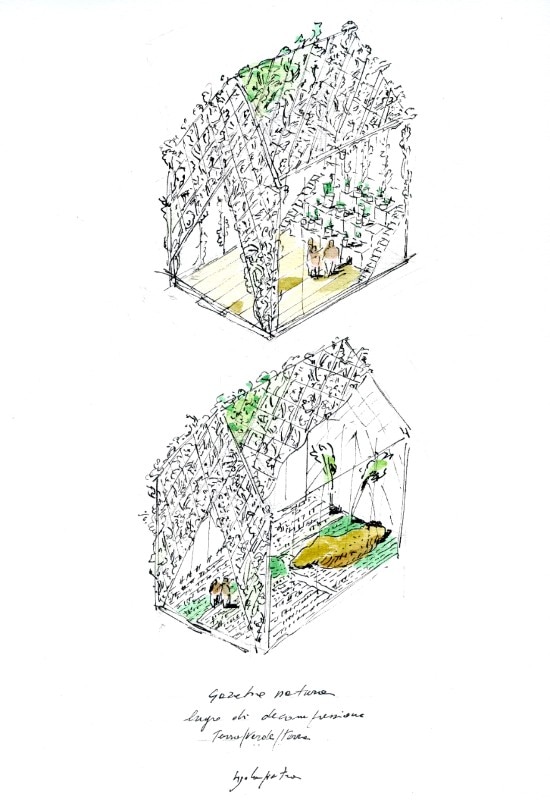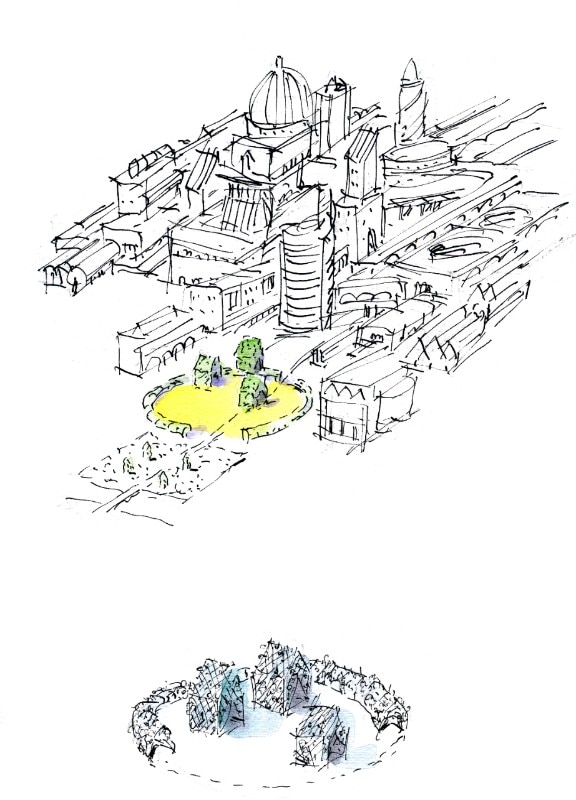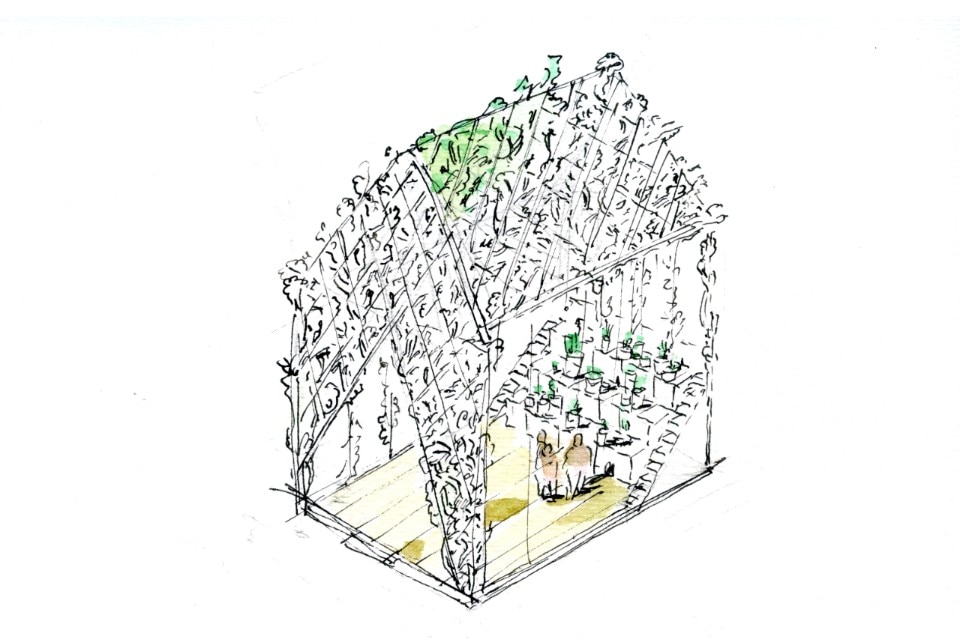This article was originally published on Domus 1064, January 2022.
Our lives, individual and collective, are constantly characterised by the category of waiting – something that is not only mental but also physical, that is, related to real places. Structures used for waiting are part of our inhabited landscape and many activities are organised around them.
Emptied of all and any design intent, they are almost always non-defined spaces, left to their own devices but charged with that urban tension which allows every space – empty or abandoned – to become an opportunity for those living around them, also in relation to what hopefully can materialise in the future.

An interior designed for waiting can have different functions, even contrasting ones. For example, in railway stations it can be intended to distract a person waiting to depart, engaging them in other activities or, inversely, introducing that person to the journey. Waiting is also a moment of interruption with respect to an activity, like working or studying. In these instances, one can talk about “places of decompression” where the design can be useful in lowering tension and guaranteeing other aspects: playful, artistic, creative.
During the lockdowns, people began spending time at home – a thing that had been forgotten. Everyone tried to rebuild day-to-day relations with spaces and objects.
The main question is whether there is a need to follow the trend of a society that wants to live giving in to speed and reducing places of waiting to a minimum, or if these can become spaces in which to consume experiences. Benches, for example, are a place-mean that releases urban tension, but also an “observatory” and a place for relaxing, contemplating and leisure.

Over the past years, great expectations (from an end to harmful emissions to the production of plastic, to wars) also included an end to the pandemic. During the lockdowns, people began spending time at home – a thing that had been forgotten. Everyone tried to rebuild day-to-day relations with spaces and objects. Balconies – an inhabited space that, in my works of the 1970s, successfully represented a way of breaking the barrier between inside and outside – have become one of the most useful spaces in overcoming imposed domestic claustrophobia.
We are waiting for the pandemic to end, trusting in the theory that everything, sooner or later, comes to a close. Waiting is increasingly harder and difficult! In the meantime, our cities have become “open-air restaurants”, a new form of waiting space, which will be followed by others: equipped for individual and group activities, conceived to protect us and to host new behavioural models, renewing the traditional standards of proxemics.


